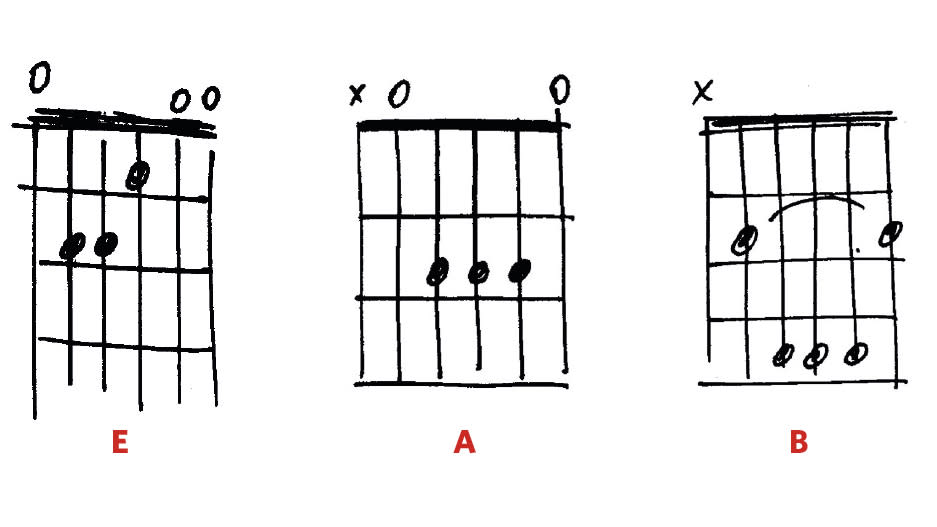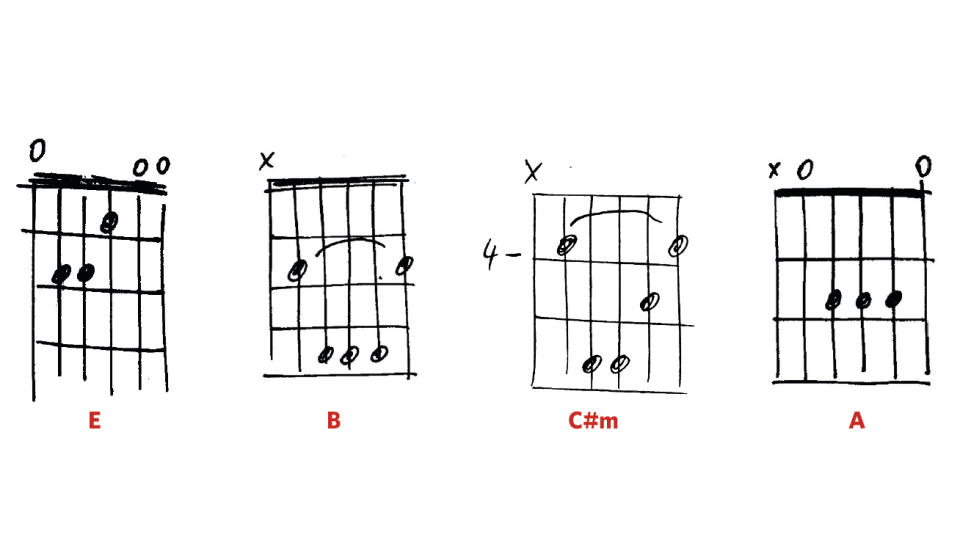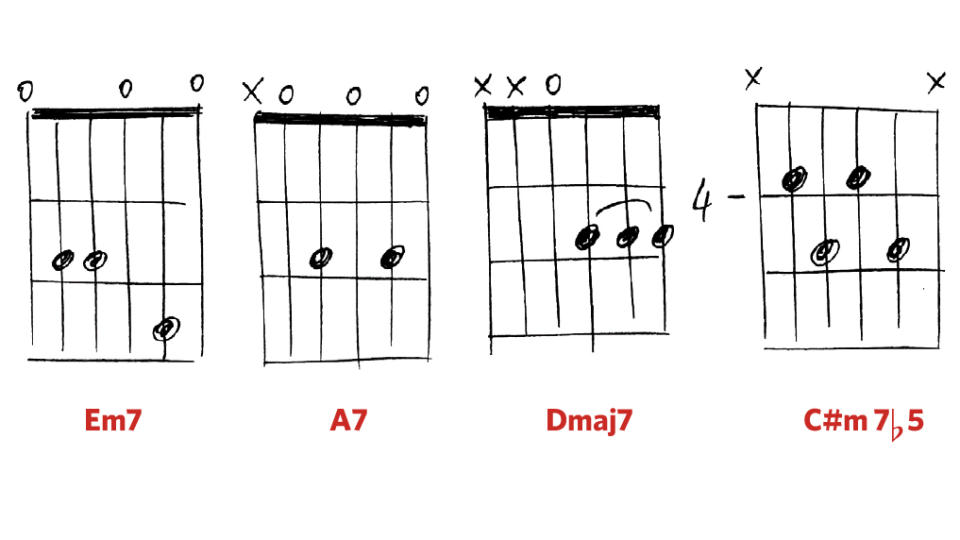The 5 chord progressions you need to play 100s of songs

- Oops!Something went wrong.Please try again later.
- Oops!Something went wrong.Please try again later.
Guitar skills: When it comes to chord progressions, you don’t have to break new ground to write great songs. In fact, some basic chord progressions have been used repeatedly in hundreds of pop and rock songs.
ED CASE

Believe it or not, this isn’t breaking copyright law: anyone can lift a chord sequence from a song and use it to kick-start a new composition. Then you just have to worry about the instrumentation, melodies, and arrangements.
These five progressions form the basis of countless hit tracks. Try playing one in as many styles of music as you can. The Roman numerals tell you which scale degree the chords are built on – for example, a I-IV-V progression has chords starting on the first, fourth and fifth notes of the major scale.
1. Blues progression: I-IV-V

the i-iV-V progression is best known as a staple of blues and rock ’n’ roll. In fact, it’s the most common progression in popular music.
Examples of songs with the good old I-IV-V progression include Lynyrd Skynyrd's Sweet Home Alabama, Chuck Berry's Johnny B. Goode, Van Morrison's Brown Eyed Girl, Tom Petty's Free Falling, Ritchie Valens' La Bamba and U2's I Still Haven't Found What I'm Looking For.
2. 50s Progression: I-VIM-IV-V


This progression gets its name from classic 50s tracks such as Stand By Me by Ben E King.
It might be called a 50s progression, but there’s nothing to stop you playing it in rock, pop, folk or any other style. Try a capo on the 5th fret for full nostalgia.
3. Pop-punk progression: I-V-VIM-V

This is another chord progression that’s one of the most famous and influential in pop music history, from Iggy Pop to Green Day and The Gaslight Anthem.
The brilliant video by Axis Of Awesome below proves the point…
4. Jazz progression: IIM-V-I


Thanks to its wide use in the style, this sequence is often associated with jazz. That’s not important, though – you can apply it to other styles.
We love how the progression recycles itself so that the final B7 chord leads back into the opening chord. Check out Gary Moore’s Parisienne Walkways for an example of this.
5. Cycle of 5ths progression


Every chord here is a 5th interval higher that the preceding chord. Our sequence takes us through five chord changes, but there’s no reason to stop there.
You could continue with G# D# A# and so on. The chorus of Jumping Jack Flash by The Rolling Stones is a good example of this progression.

